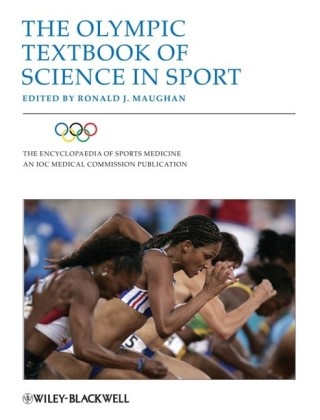Read more
Covers the key areas of scientific knowledge in sport and is divided into: physiology and biochemistry; nutrition; anthropometry; immunology; cell biology; biomechanics, engineering and ergonomics; psychology; pharmacology; limitations to performance; special populations; and, exercise and health.
List of contents
Introduction.
1. Sport, science and sports science.
2. The evolution of sports science.
Section 1 Physiology.
3. Muscles: producing force and movement.
4. Physiological demands of sprinting and multiple sprint sports.
5. Physiological demands of endurance exercise.
6. Adaptations to training.
Section 2 Biochemistry.
7. Metabolic responses to high intensity exercise.
8. Metabolic responses to endurance exercise.
9. Metabolic adaptations to training.
Section 3 Nutrition.
10. Nutrition needs of athletes.
11. Nutrition goals and eating strategies.
12. Hydration.
Section 4 Anthropometry.
13. Body composition and sports performance.
Section 5 Immunology.
14. Exercise immunology.
15. Exercise, inflammation and metabolism.
Section 6 Cell biology.
16. Genetic determinants of sports performance.17. Molecular mechanisms of adaptations to training.
Section 7 Biomechanics, engineering and ergonomics.
18. Biomechanics of human movement.
19. Sports equipment: bioengineering.
20. Sports ergonomics.
Section 8 Psychology.
21. Effects of exercise participation on mood and behaviour.
22. Psychological strategies for optimum performance.
Section 9 Pharmacology.
23. Performance enhancing drugs.
Section 10 Limitations to performance.
24. Cardiorespiratory limitations to performance.
25. Metabolic limitations to performance.
26. The brain and fatigue.
Section 10 Special populations.
27. The child and adolescent athlete.
28. The female athlete.
29. The special needs athlete.
Section 11 Exercise and health.
30. Health benefits of exercise

